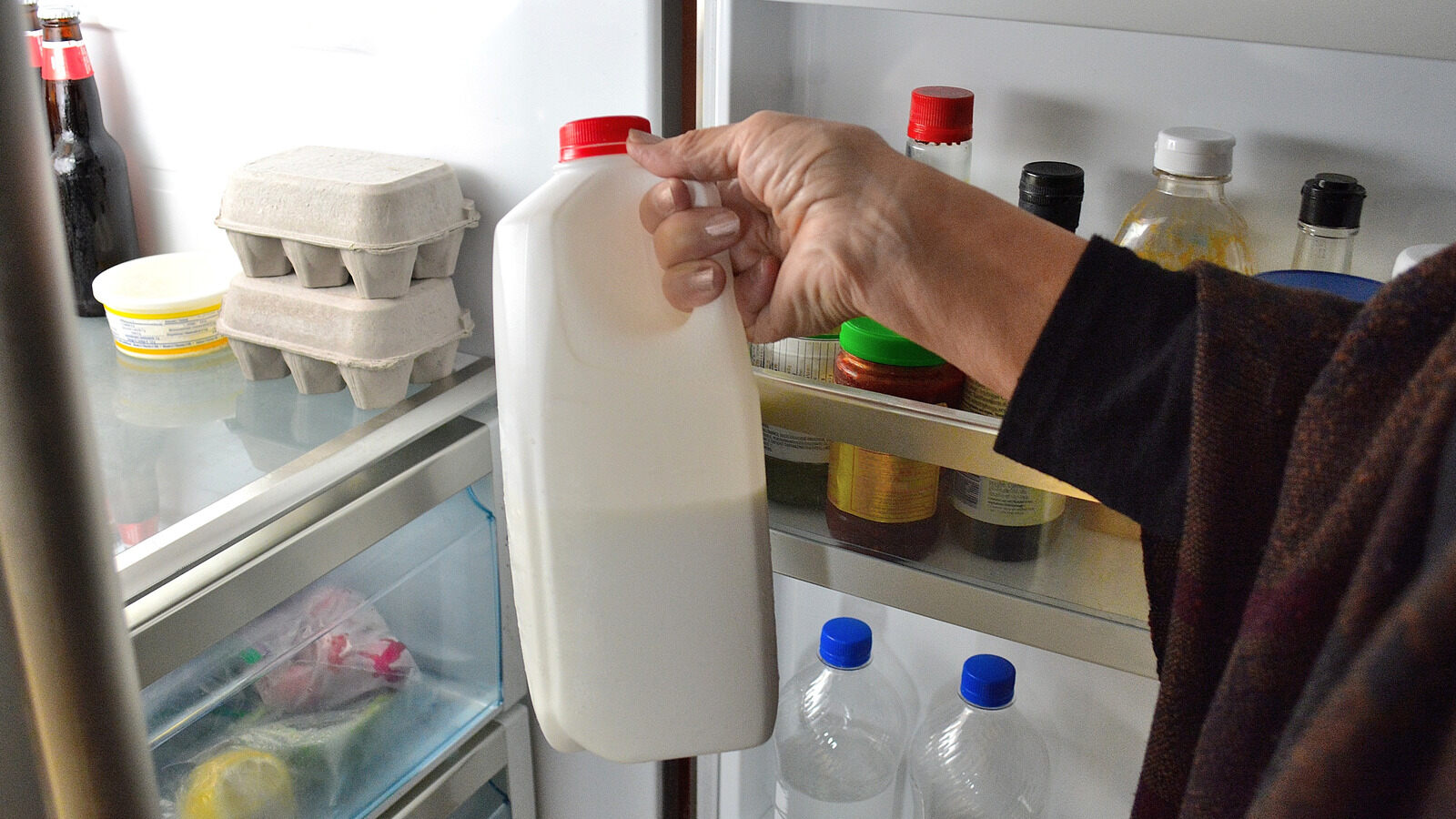

Articles
How To Store Milk
Modified: January 5, 2024
Learn how to store milk properly with our informative articles. Discover the best tips and techniques for keeping your milk fresh and delicious for longer.
(Many of the links in this article redirect to a specific reviewed product. Your purchase of these products through affiliate links helps to generate commission for Storables.com, at no extra cost. Learn more)
Introduction
Welcome to our comprehensive guide on how to properly store milk. Whether you are a dairy connoisseur or simply someone who enjoys a glass of milk with their breakfast, understanding the importance of proper milk storage is crucial for maintaining its freshness and ensuring its safety for consumption.
Milk is a perishable product that requires special care to prevent spoilage and the growth of harmful bacteria. By following the right storage methods, you can extend the shelf life of milk and keep it tasting its best.
In this article, we will discuss the importance of proper milk storage, how to choose the right container, the role of refrigeration in milk storage, the shelf life of milk, tips for proper milk storage, freezing milk, and proper storage techniques for milk alternatives.
So, if you’re ready to learn all about the best practices for storing milk and keeping it fresh, let’s dive in!
Key Takeaways:
- Proper milk storage is crucial for maintaining freshness, flavor, and nutritional value. Choose the right container, refrigerate at the ideal temperature, and check expiration dates to enjoy fresh and safe milk for longer periods.
- When storing milk, consider freezing excess supply and follow specific storage guidelines for milk alternatives. By incorporating these practices, you can reduce food waste and ensure the full benefits of this nutritious beverage.
Read more: How To Store Pumped Milk
Importance of Proper Milk Storage
Proper milk storage is essential for maintaining its quality, flavor, and nutritional value. Milk is highly perishable and can spoil quickly if not stored correctly. Here are some reasons why proper milk storage is important:
- Preserving freshness: Milk is a natural product that can easily be contaminated by bacteria and other microorganisms. By storing it properly, you can slow down the growth of these organisms and maintain the freshness of the milk for a longer period of time.
- Preventing spoilage: Milk spoils when bacteria break down the proteins and fats present in it. This can result in off-flavors, strange odors, and curdling. By storing milk at the right temperature and preventing exposure to light and air, you can significantly reduce the risk of spoilage.
- Maintaining nutritional value: Milk is known for its high nutritional content, including essential vitamins, minerals, and proteins. Proper storage helps to preserve these nutrients, ensuring that you get the maximum benefits when consuming milk.
- Ensuring food safety: Contaminated milk can lead to foodborne illnesses such as salmonella and E. coli infections. By following proper milk storage practices, you can minimize the risk of bacterial growth and ensure the safety of the milk for you and your family.
- Saving money: Wasting spoiled milk can be costly. By storing milk correctly, you can extend its shelf life and reduce the amount of milk that goes to waste. This not only helps to save money but also contributes to reducing food waste.
Now that we understand the importance of proper milk storage, let’s move on to the next section, where we explore the criteria for choosing the right container for storing milk.
Choosing the Right Container
When it comes to storing milk, the choice of container plays a crucial role in maintaining its freshness and quality. Here are some factors to consider when selecting the right container:
- Material: Choose containers made of food-grade materials such as glass or plastic that are specifically designed for storing food. Avoid containers made of materials that may leach chemicals into the milk.
- Airtightness: Opt for containers with airtight seals to prevent air from entering and oxidizing the milk. Exposure to air can lead to the degradation of milk’s flavor and nutrients.
- Transparency: If you choose a plastic container, make sure it is transparent. This allows you to easily check the milk for any signs of spoilage, such as curdling or discoloration.
- Size: Consider the size of the container based on your consumption needs. It is better to store milk in smaller containers to minimize the exposure to air each time you open it.
- Easy to clean: Look for containers that are easy to clean and sanitize to ensure proper hygiene. Containers with wide openings and smooth interiors are ideal for easy cleaning.
When it comes to storing milk, glass and plastic bottles are popular choices. Glass containers are non-porous and do not interact with the milk, preserving its taste and quality. Plastic containers are lightweight and shatter-resistant, making them convenient for everyday use.
It’s important to note that irrespective of the container you choose, it should always be cleaned thoroughly before storing milk. This helps to remove any residual flavors or bacteria that might affect the freshness of the milk.
In the next section, we will discuss the role of refrigeration in milk storage and how to maintain the optimal temperature for storing milk.
Refrigeration
Refrigeration is a critical aspect of proper milk storage. Keeping milk at the right temperature helps to slow down the growth of bacteria and preserve its freshness. Here are some key points to remember when it comes to refrigerating milk:
- Temperature: The ideal temperature for storing milk is between 36°F (2°C) and 40°F (4°C). It is important to maintain a consistent temperature within this range to prevent the growth of bacteria.
- Storage placement: Store milk in the main body of the refrigerator rather than on the door. The door is subject to temperature fluctuations each time it is opened, which can affect the milk’s quality.
- Avoid temperature abuse: Do not leave milk out at room temperature for an extended period of time. Once milk is taken out of the refrigerator, it should be consumed or returned to the fridge within two hours to prevent bacterial growth.
- Keep away from strong-smelling foods: Milk can easily absorb odors from other foods in the refrigerator. Be sure to store milk away from strong-smelling or pungent items like onions or garlic to preserve its flavor.
- Do not freeze milk: While it is possible to freeze milk for longer-term storage, it is generally not recommended due to changes in texture and consistency. Freezing can cause the milk to separate and may affect its quality when thawed.
Proper refrigeration is essential to extend the shelf life of milk. However, it’s important to note that no matter how well you store milk, it will eventually spoil. The next section will delve into the shelf life of milk and how to determine if it is still safe to consume.
Shelf Life of Milk
The shelf life of milk refers to the period during which it can be safely consumed while maintaining its quality and flavor. The shelf life can vary depending on several factors, including the type of milk and how it is stored. Here are some general guidelines to keep in mind:
- Fresh milk: Fresh milk typically has a shelf life of about 7 to 10 days when stored properly in the refrigerator at temperatures between 36°F (2°C) and 40°F (4°C). It is important to check the expiration date printed on the milk carton or bottle to ensure its freshness.
- Ultra-pasteurized milk: Ultra-pasteurized milk has been heated to a higher temperature to extend its shelf life. It can last for several weeks when stored in the refrigerator, usually up to 2 to 3 weeks past the purchase date.
- Organic milk: Organic milk is known for its shorter shelf life compared to conventional milk. It is typically freshest within 5 to 7 days of purchase and should be consumed before the expiration date.
- Long-life milk: Long-life or shelf-stable milk, often found in tetra packs, has undergone ultra-high temperature processing (UHT) to kill bacteria and extend its shelf life without refrigeration. Once opened, it should be consumed within a few days and stored in the refrigerator.
It’s important to note that these are general guidelines, and the actual shelf life of milk can vary based on various factors such as the processing methods used, the brand, and the storage conditions. Always refer to the packaging and follow any specific storage instructions provided by the manufacturer.
In the next section, we will share some helpful tips for proper milk storage to ensure its freshness and quality throughout its shelf life.
Store milk in the coldest part of the refrigerator, usually the back. Keep it in its original container to maintain freshness and prevent absorption of other odors. Avoid storing milk in the refrigerator door, as the temperature fluctuates more there.
Read more: How To Store Almond Milk
Tips for Proper Milk Storage
To ensure the freshness and quality of your milk, it is important to follow these tips for proper milk storage:
- Check the expiration date: Always check the expiration date on the milk carton or bottle before purchasing and consuming. Avoid buying milk that is close to its expiration date.
- Store in the refrigerator: Milk should be stored in the main body of the refrigerator, where the temperature is consistently between 36°F (2°C) and 40°F (4°C). Keep it away from the door to avoid temperature fluctuations.
- Keep milk container closed: Make sure the milk container is tightly sealed when not in use to prevent air from entering and spoiling the milk.
- Avoid direct light: Milk is sensitive to light, which can degrade its quality. Store milk in opaque containers or place them in the back of the refrigerator away from direct light exposure.
- Keep away from odorous foods: Milk easily absorbs odors from other strong-smelling foods in the refrigerator. Store it away from items such as onions, garlic, or strong spices to preserve its natural flavor.
- Don’t mix old and new milk: When adding newly purchased milk to a container that already has some milk left, avoid mixing different expiration dates. Consume the older milk first to avoid wasting any milk.
- Use clean utensils: When pouring milk, use clean utensils to prevent the introduction of bacteria into the container. This helps to maintain the milk’s freshness and prevent contamination.
- Smell and taste test: Before consuming milk, always give it a quick smell and taste test. If it has a sour or off smell, or if the taste seems off, discard it to avoid any potential risks.
By following these tips, you can ensure that your milk stays fresh and safe for consumption throughout its shelf life. However, if you find yourself with excess milk that you won’t be able to consume before it spoils, freezing is an option to consider. Let’s explore freezing milk in the next section.
Freezing Milk
If you find yourself with an excess supply of milk that you won’t be able to consume before it reaches its expiration date, freezing is a great option to extend its shelf life. Here’s how to properly freeze milk:
- Choose the right container: Use a freezer-safe container with a tight-fitting lid or a sealable freezer bag. Make sure to leave some room at the top to allow for expansion as the milk freezes.
- Label and date: Clearly label the container with the date of freezing to keep track of its freshness. This will help you to use the oldest milk first.
- Pour off some milk: If the container is nearly full, pour off a small amount of milk to create space for expansion during freezing. Avoid overfilling the container, as the milk will expand and may cause the container to burst.
- Seal and store in the freezer: Ensure the container or bag is tightly sealed to prevent air from reaching the milk. Place it in the coldest part of the freezer, such as the back or bottom, for optimal freezing.
- Thawing frozen milk: To thaw frozen milk, transfer the container to the refrigerator and let it thaw slowly. Avoid thawing at room temperature, as it can promote bacterial growth. Once thawed, shake well before using to mix any separated components.
- Usage after thawing: Once milk is thawed, it is best to use it within a few days. Avoid refreezing thawed milk, as it can lead to changes in texture and taste.
Freezing milk is a convenient way to preserve it for later use, such as in recipes or for drinking. However, it’s important to note that freezing can affect the texture and consistency of milk. While it is still safe to consume, the thawed milk may have slight changes in taste and texture.
Now that we’ve discussed freezing milk, let’s move on to the next section where we’ll explore proper storage techniques for milk alternatives.
Storing Milk Alternatives
If you opt for milk alternatives such as almond milk, soy milk, or oat milk, proper storage is essential to maintain their freshness and quality. Here are some tips for storing milk alternatives:
- Refrigeration: Similar to regular milk, most milk alternatives should be stored in the refrigerator at temperatures between 36°F (2°C) and 40°F (4°C). Check the packaging for specific storage instructions, as some brands may have different recommendations.
- Check expiration dates: Always check the expiration date on the milk alternative container before purchasing and consuming. Be mindful of the expiration dates to ensure freshness.
- Seal and shake: Make sure to tightly seal the container after each use to prevent air exposure. Give the container a good shake before using to ensure that any settled solids are well-mixed.
- Follow storage guidelines: Different milk alternatives may have varying storage requirements. Some may need to be refrigerated even before opening, while others may require refrigeration only after opening.
- Keep away from light and heat: Store milk alternatives away from direct light and heat sources, as they can degrade the quality and flavor of the product. The refrigerator is the best place to maintain their freshness.
- Observe smell and taste: Like regular milk, milk alternatives can spoil. If your milk alternative has an off smell or taste, it is best to discard it to ensure food safety.
- Read packaging instructions: Always refer to the specific packaging instructions provided by the manufacturer for the recommended storage guidelines and shelf life of your chosen milk alternative.
By following these tips, you can enjoy the full freshness and quality of your milk alternatives for a longer period. Remember that specific storage requirements may vary between different brands and types of milk alternatives, so it’s important to read and follow the instructions on the packaging.
Now that we have covered proper storage techniques for milk alternatives, let’s conclude our article with a recap of the important points discussed.
Conclusion
Proper milk storage is crucial for maintaining the freshness, flavor, and nutritional value of milk. By following the right practices, you can extend the shelf life of milk and ensure its safety for consumption. Here are the key takeaways from our comprehensive guide on how to store milk:
- Choose the right container made of food-grade materials, with airtight seals, and transparency for easy monitoring.
- Refrigerate milk at temperatures between 36°F (2°C) and 40°F (4°C) to slow down bacterial growth.
- Check the expiration dates and consume milk before it spoils. Fresh milk typically lasts for 7-10 days.
- Store milk away from direct light and strong-smelling foods to preserve its quality.
- Freeze milk if you have excess, but be aware that texture and taste may be affected.
- Consider the specific storage requirements for milk alternatives and follow package instructions.
By incorporating these guidelines into your milk storage routine, you can enjoy fresh and safe milk for longer periods, reduce food waste, and ensure that you and your family enjoy the full benefits of this nutritious beverage.
Remember, proper milk storage is just one piece of the puzzle. It is equally important to practice good hygiene and handle milk safely during preparation and consumption. Always trust your senses and discard milk that smells off or tastes strange to ensure your safety.
We hope that this comprehensive guide has provided you with valuable insights and practical tips for storing milk. By applying these best practices, you can make the most out of your milk and enhance your overall culinary experience. Cheers to enjoying fresh and delicious milk!
Frequently Asked Questions about How To Store Milk
Was this page helpful?
At Storables.com, we guarantee accurate and reliable information. Our content, validated by Expert Board Contributors, is crafted following stringent Editorial Policies. We're committed to providing you with well-researched, expert-backed insights for all your informational needs.
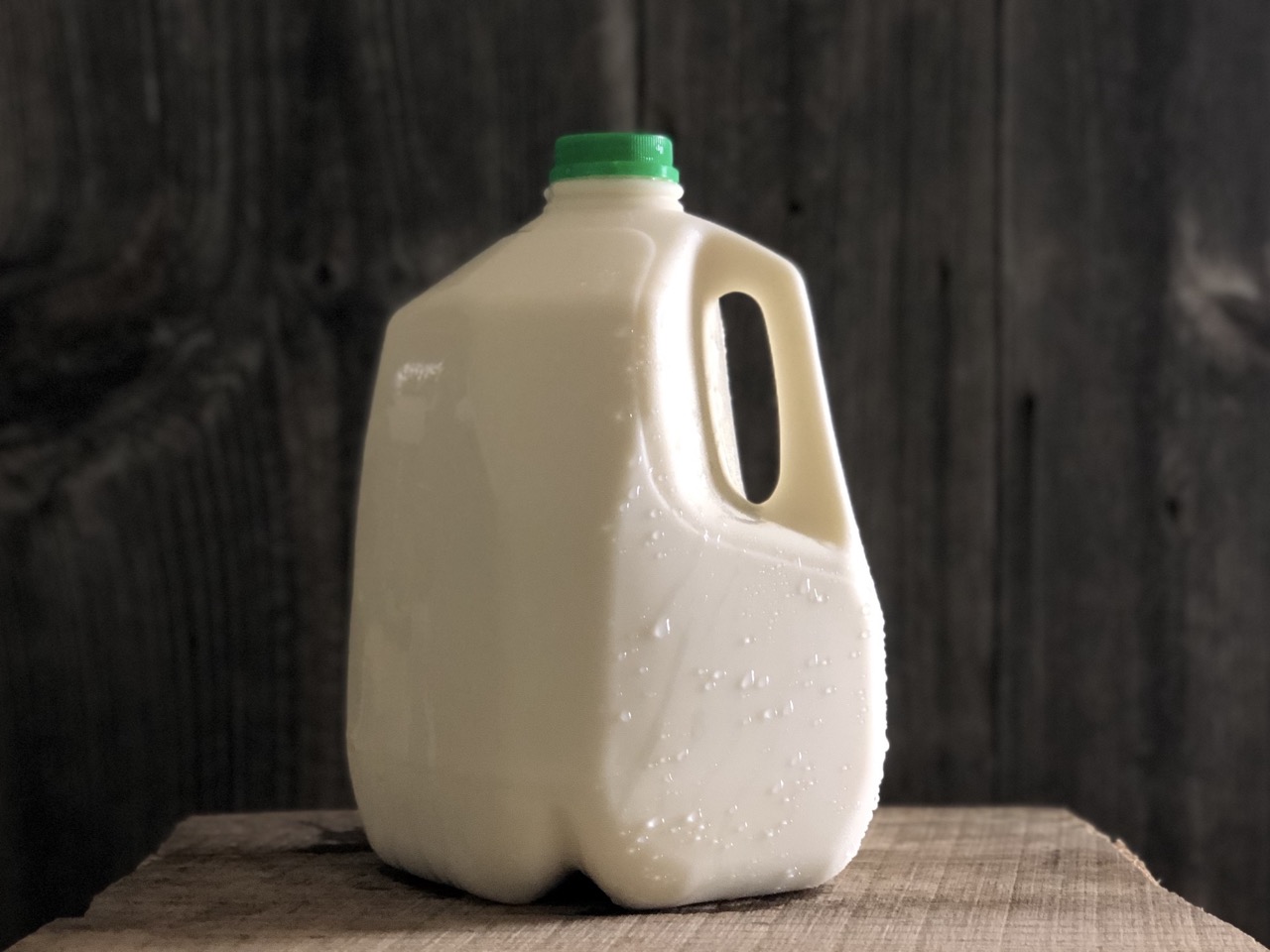
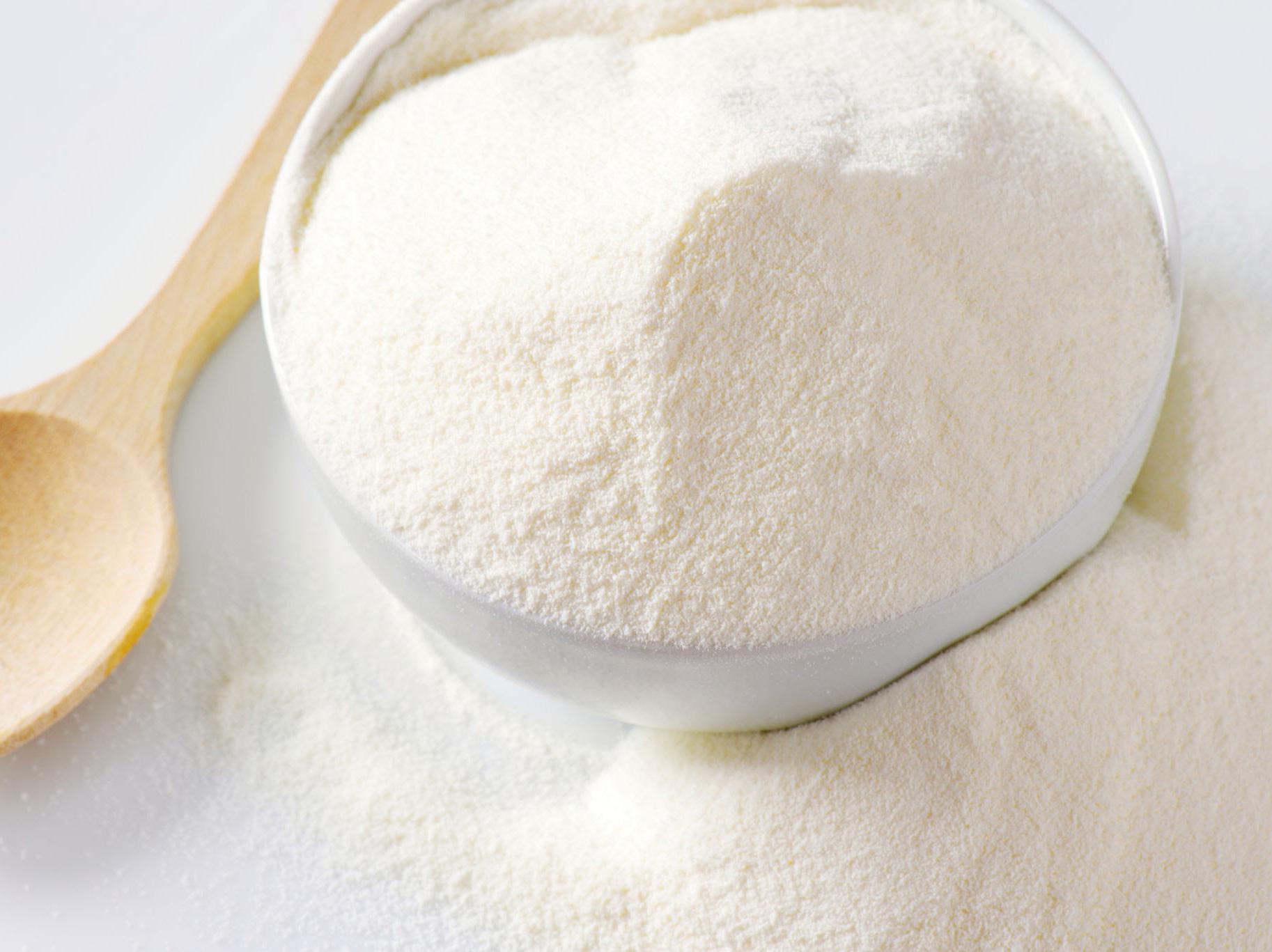
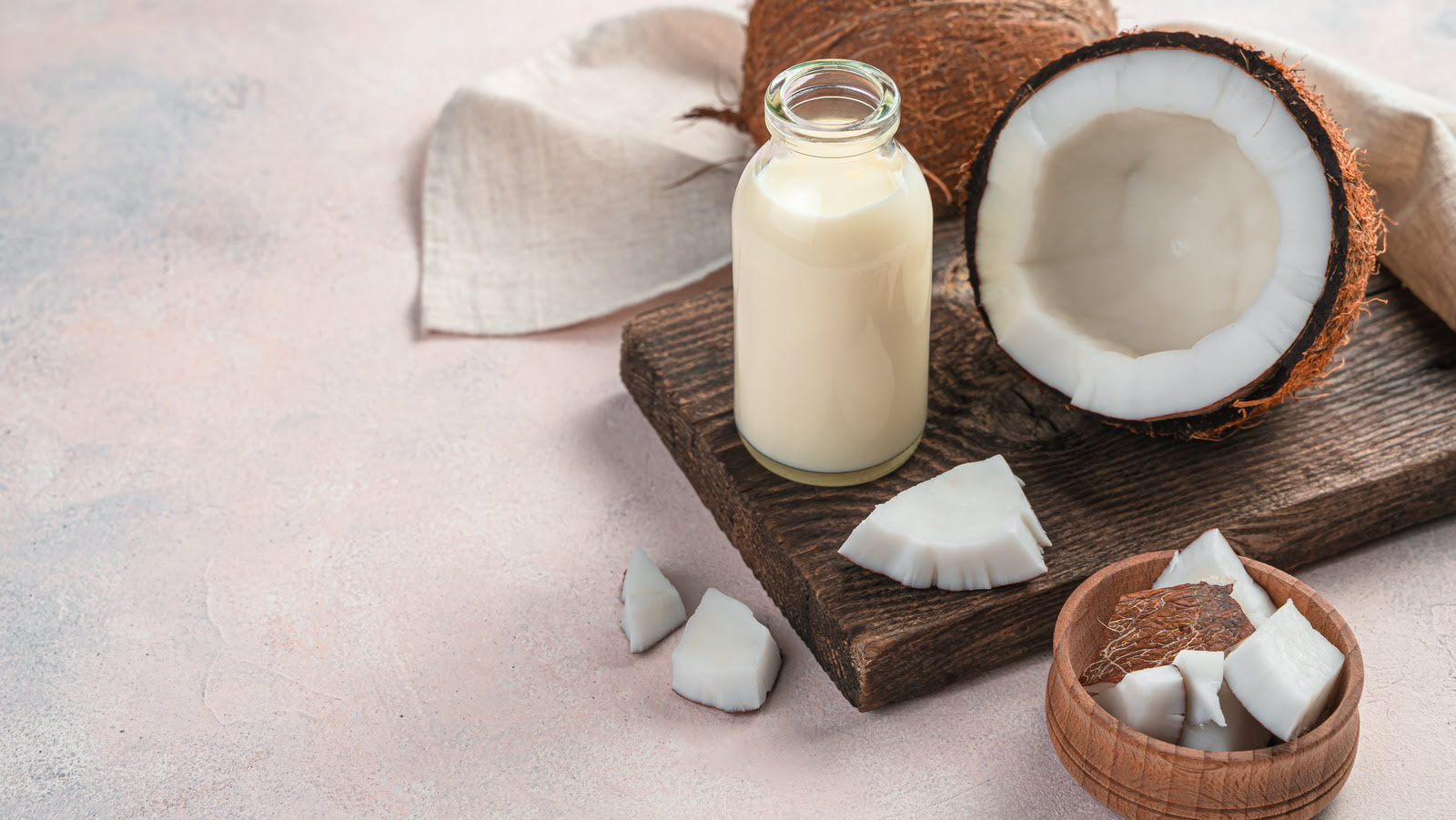
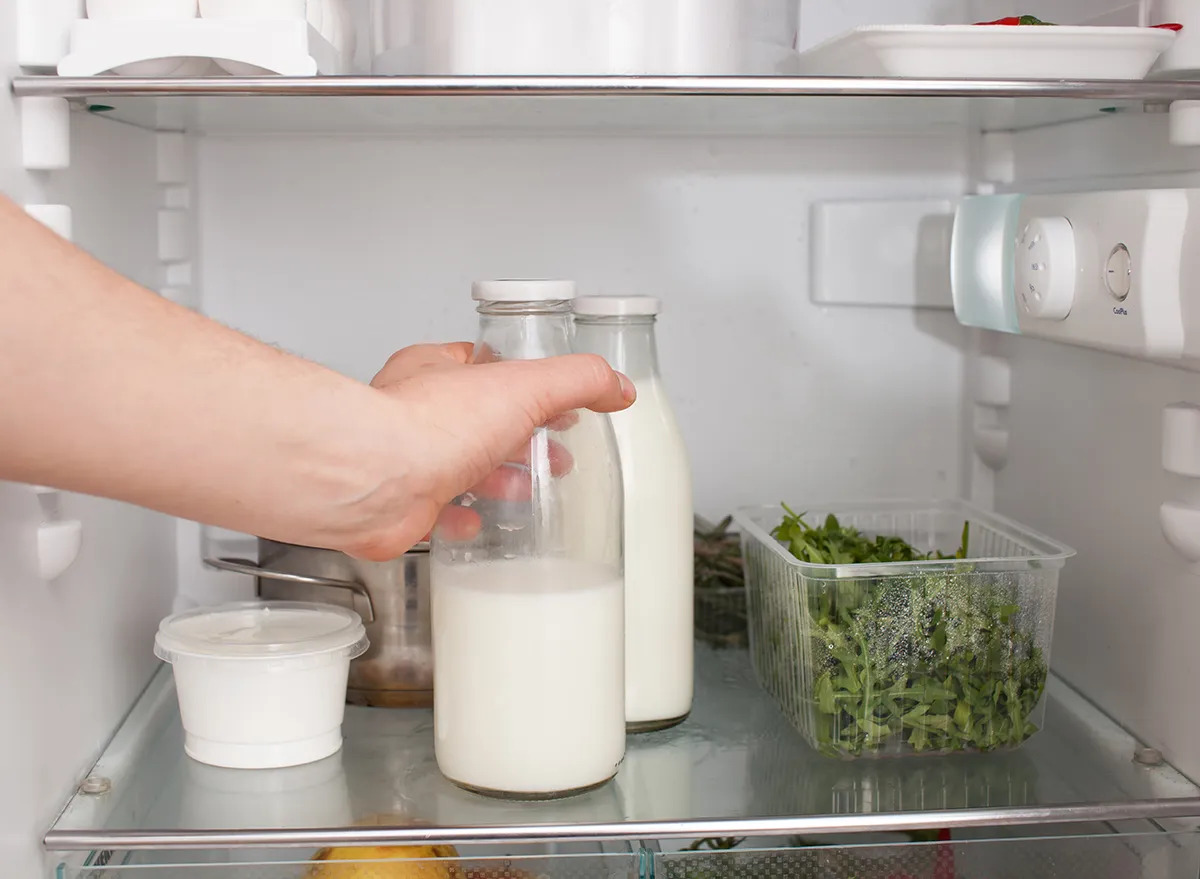
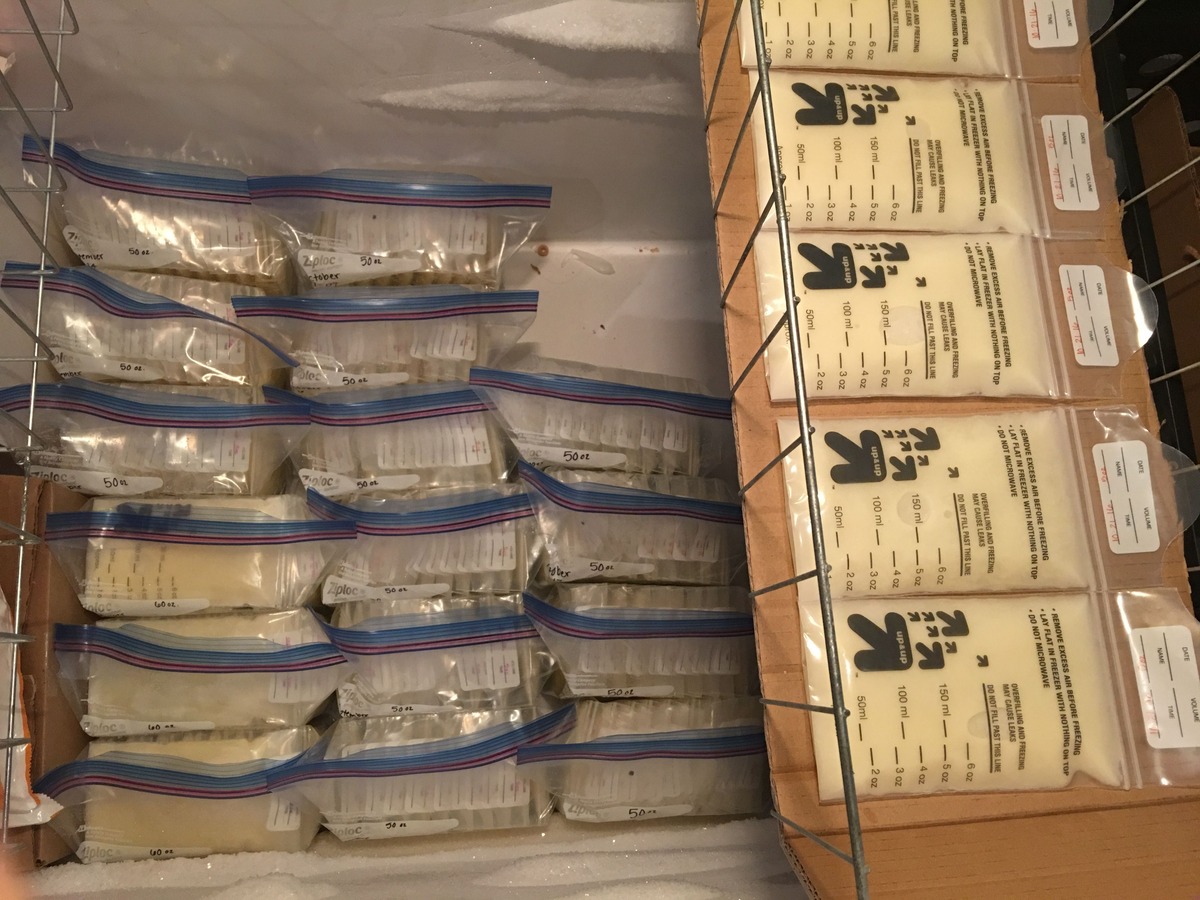
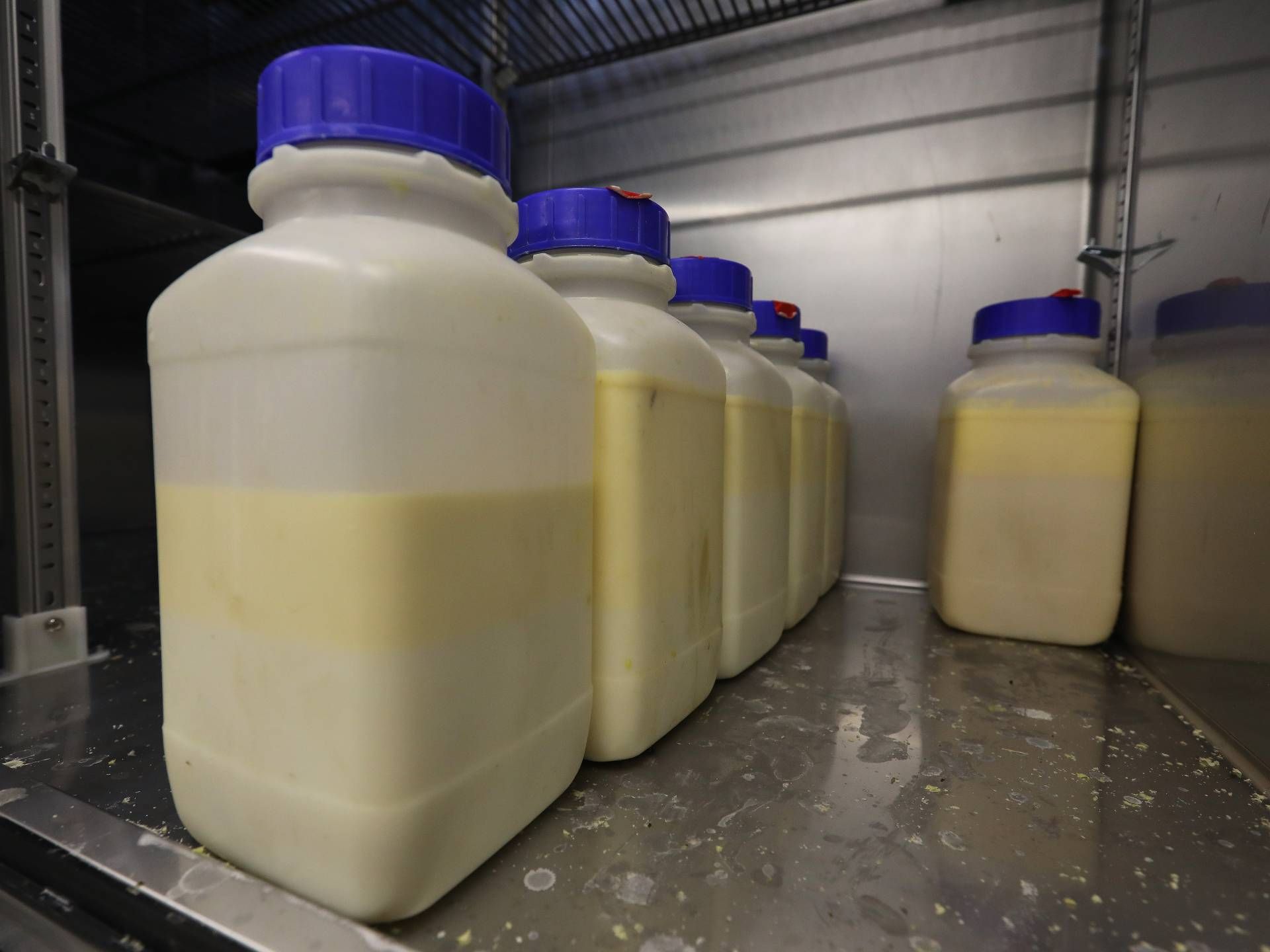
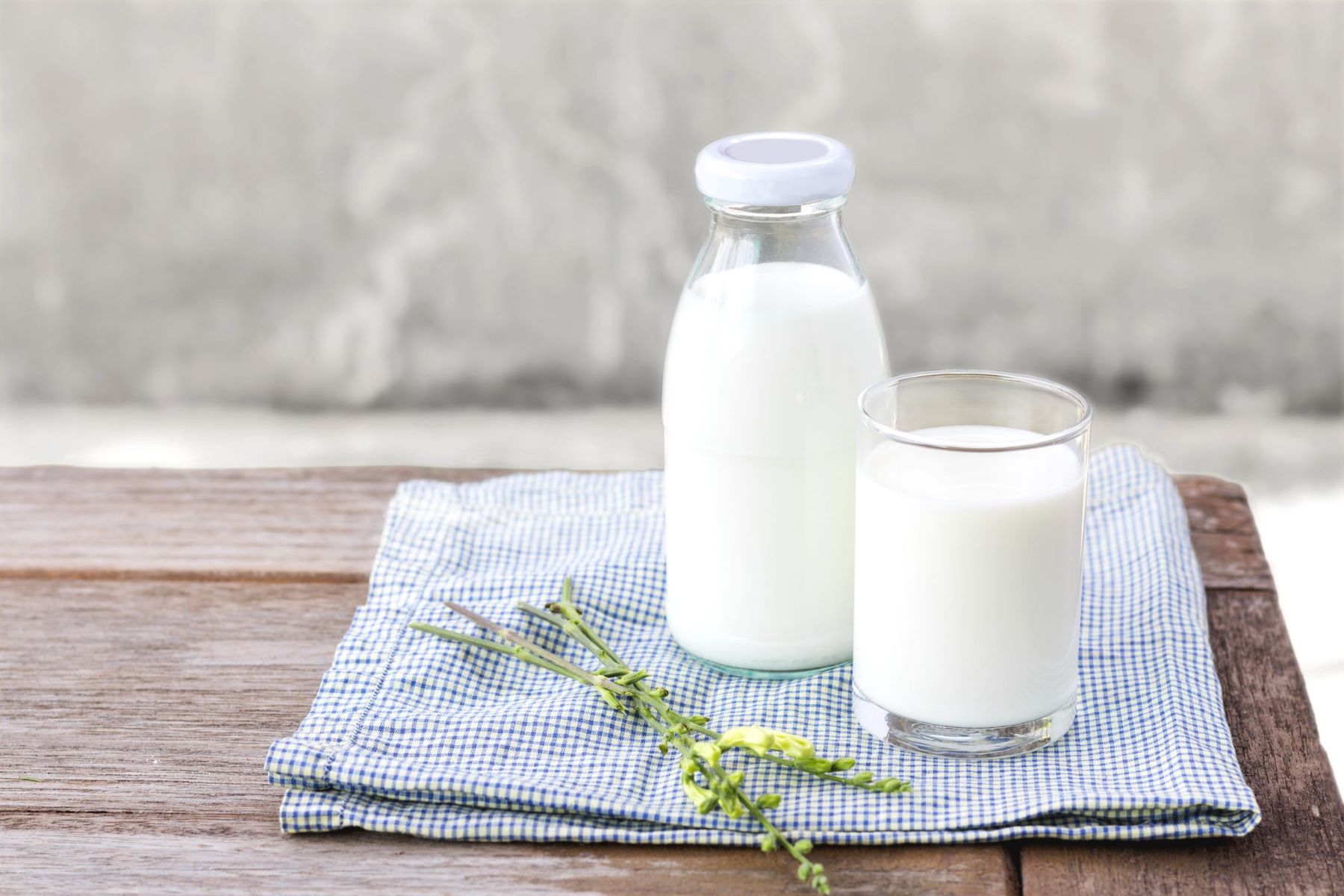
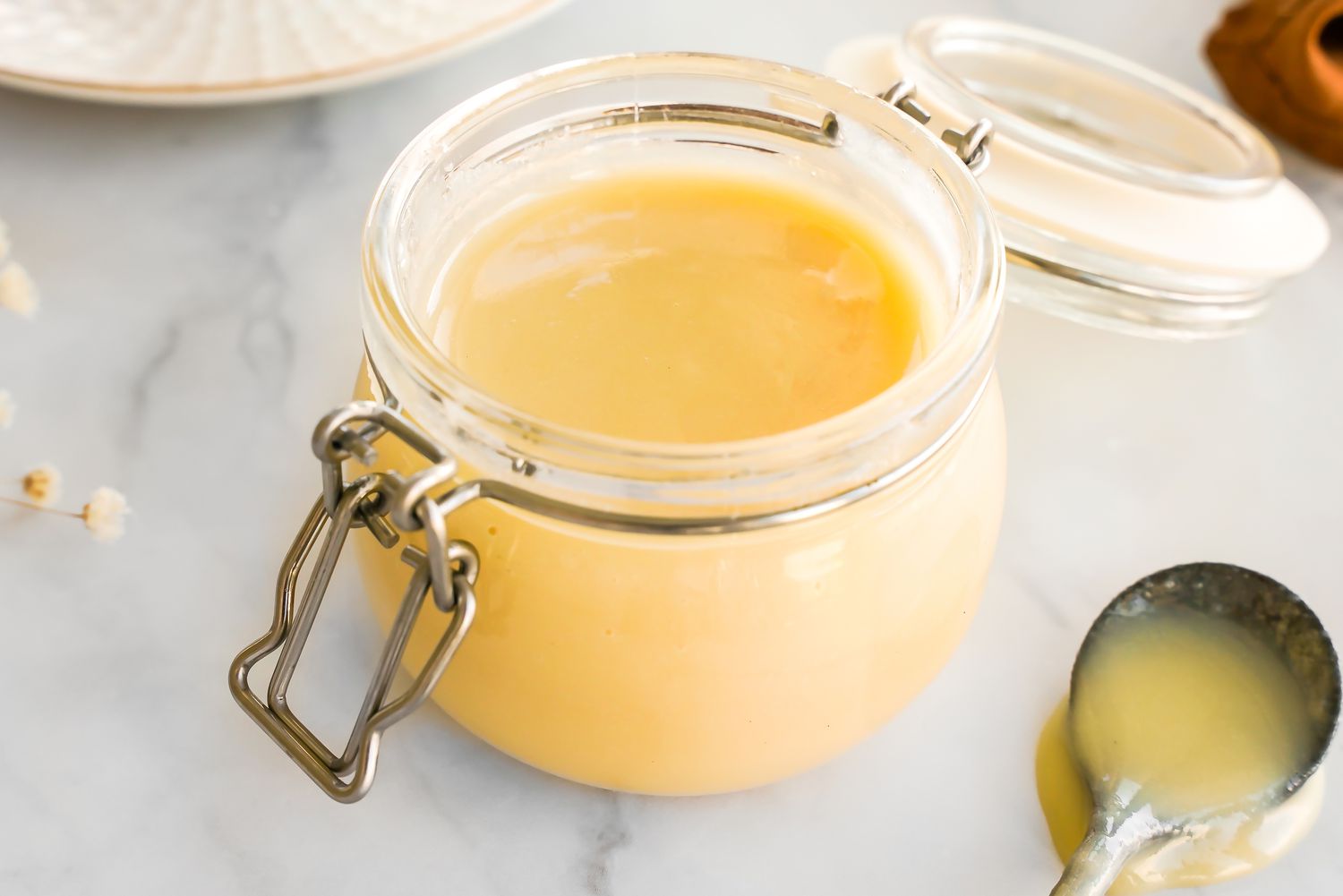
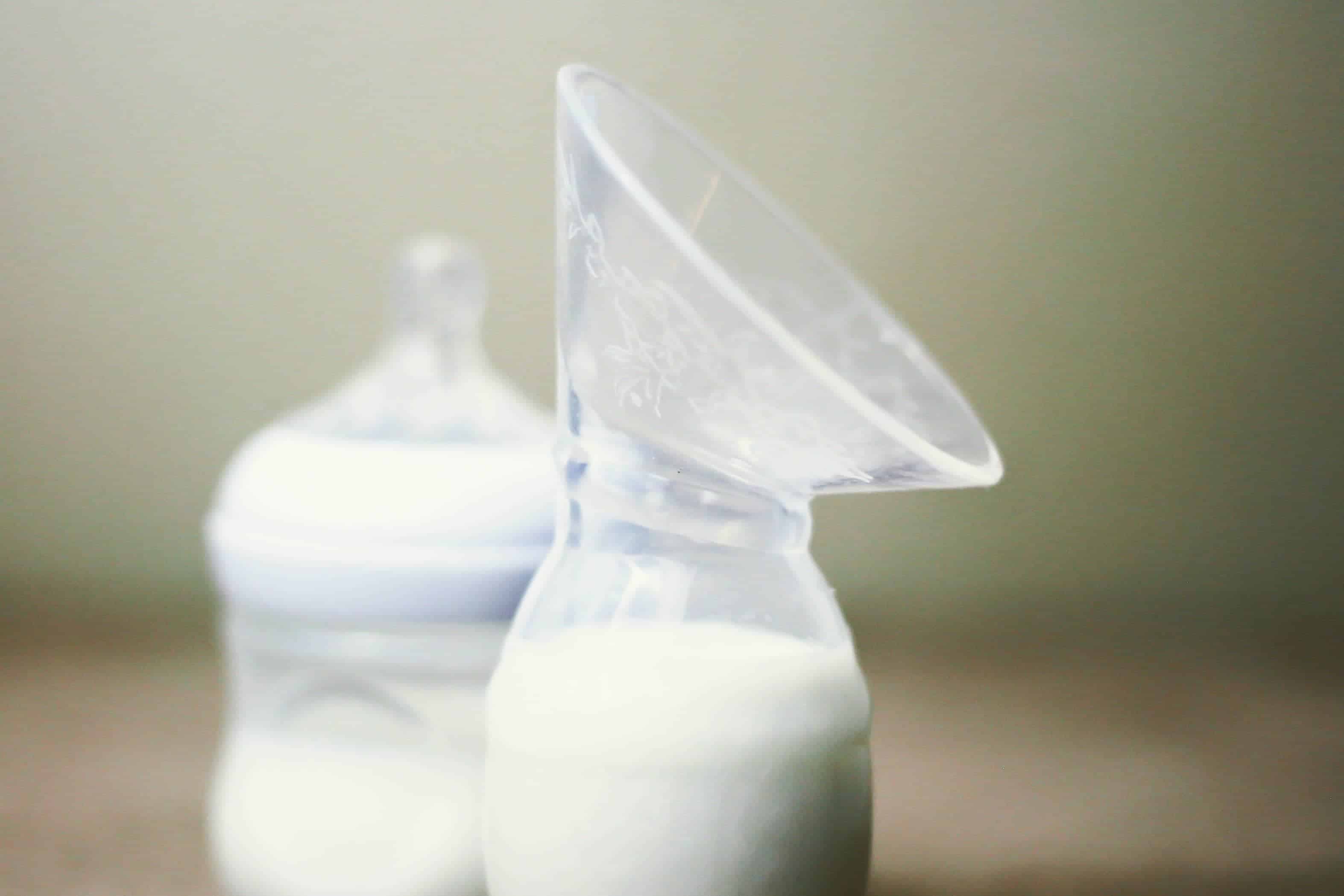
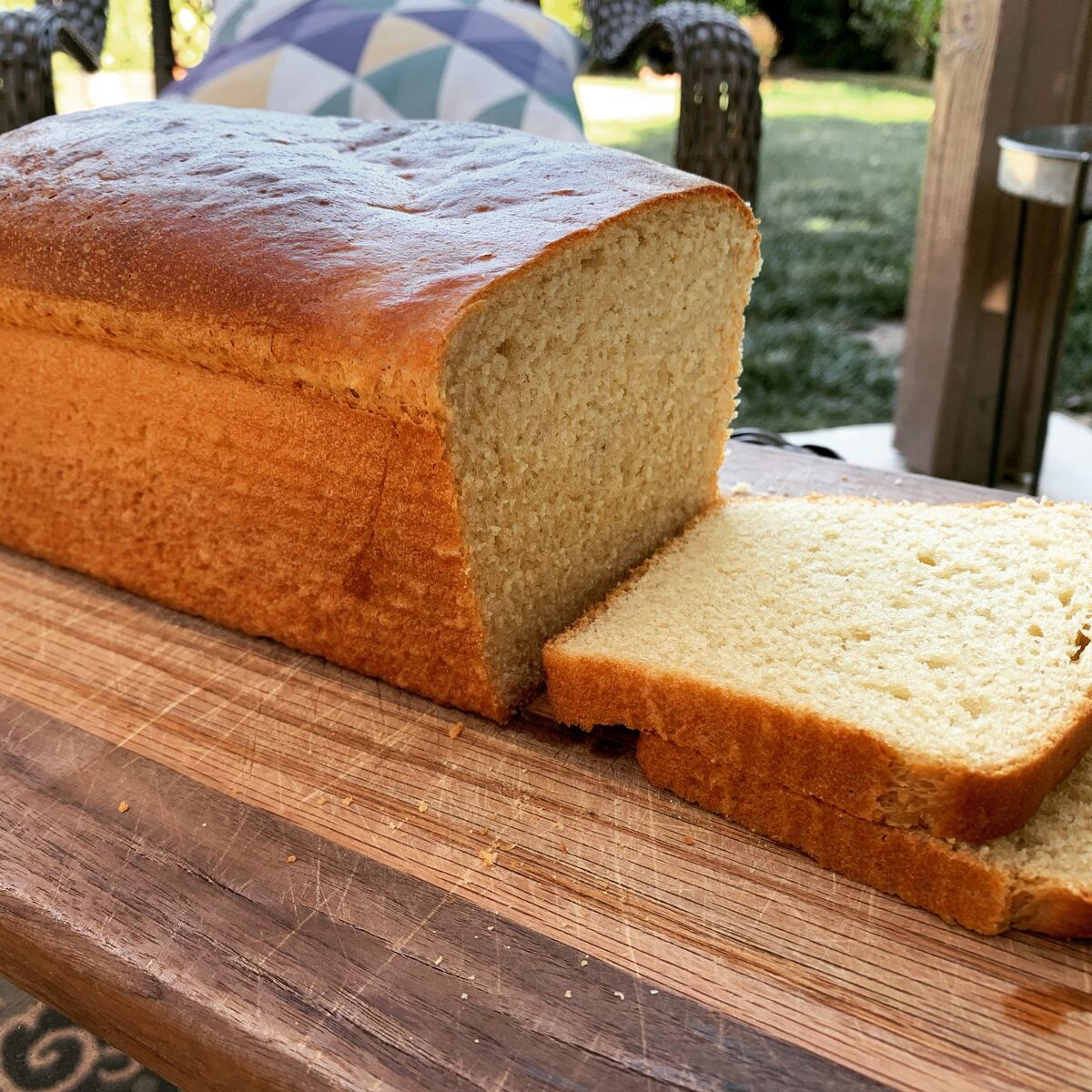
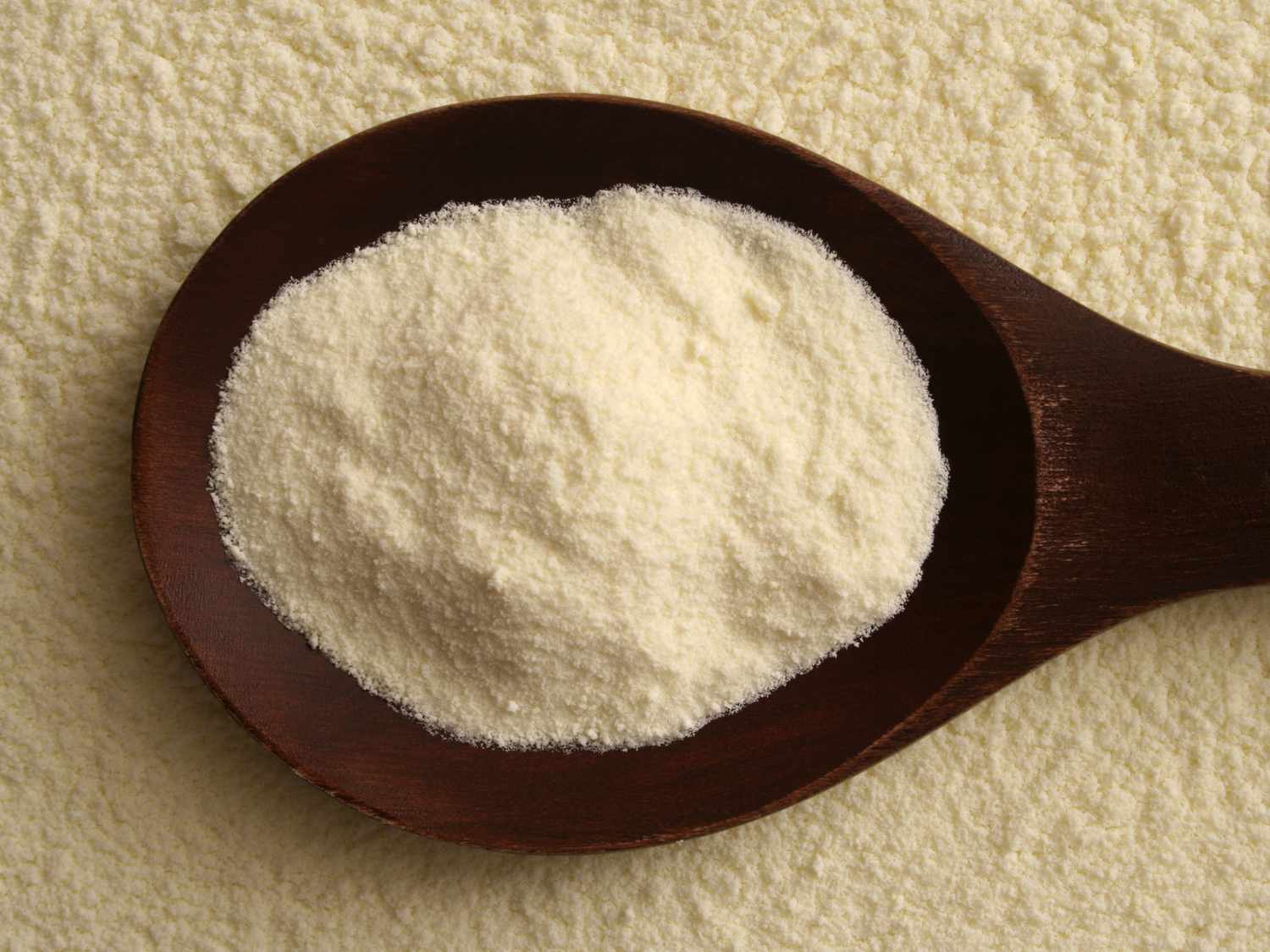
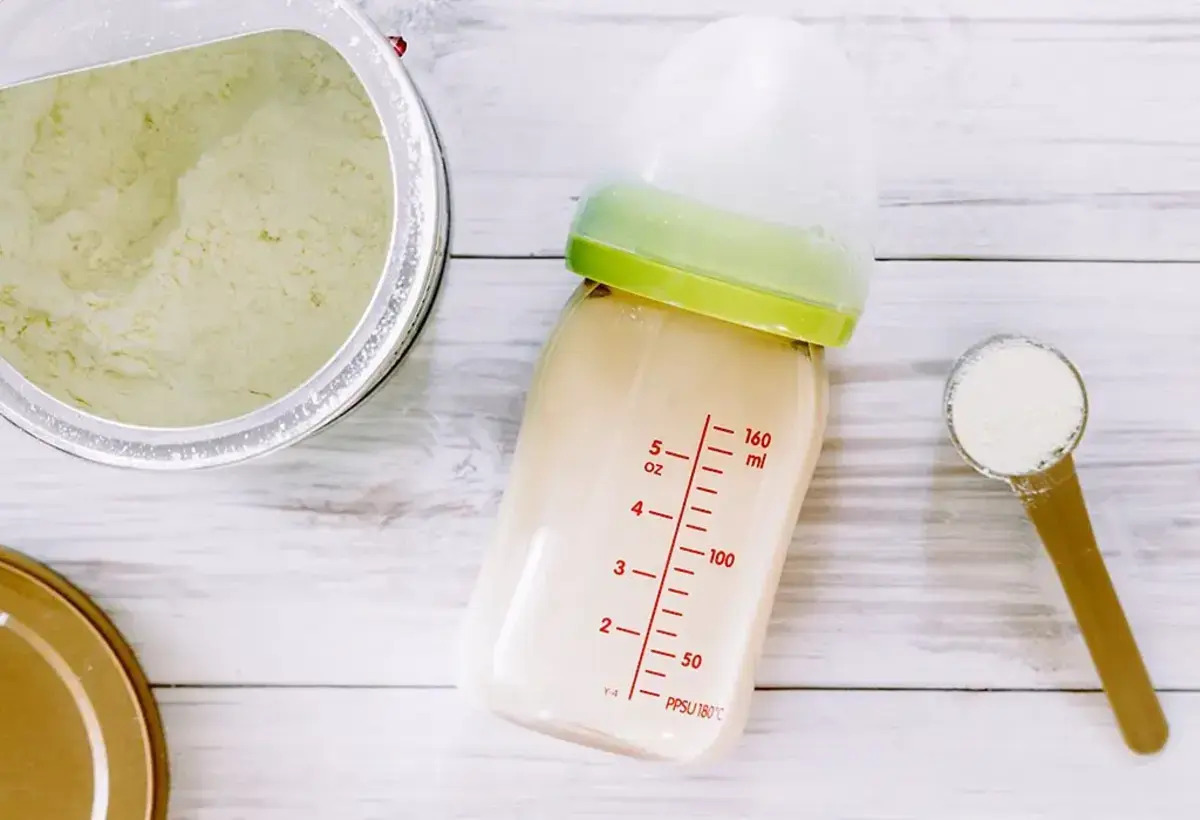
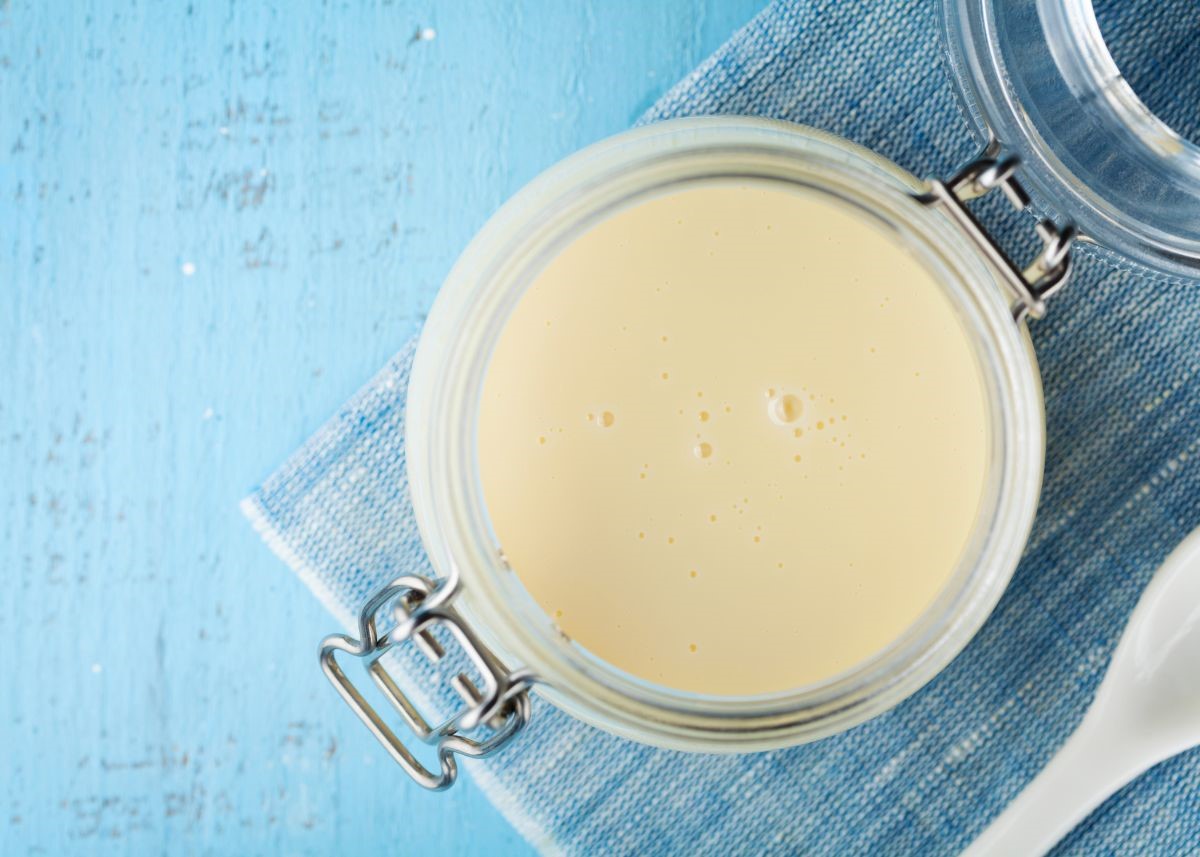
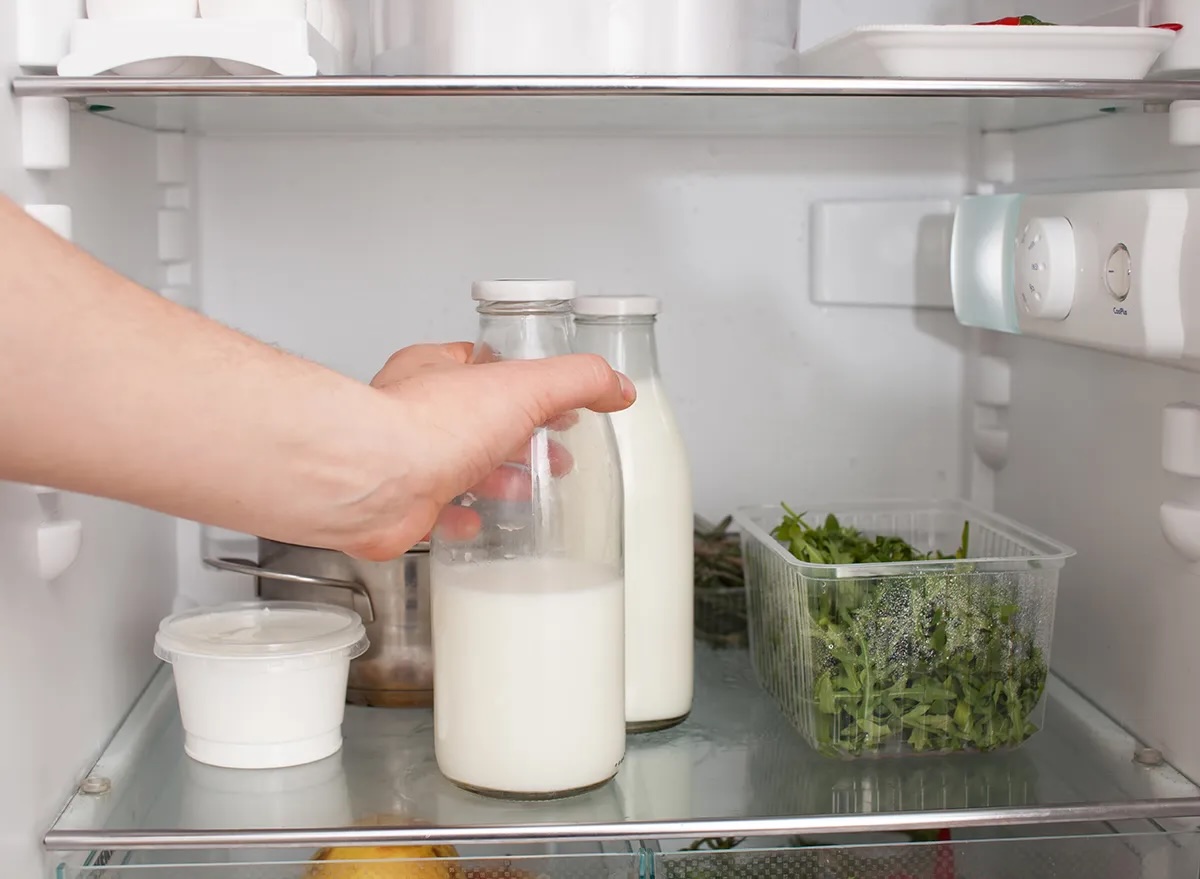

0 thoughts on “How To Store Milk”